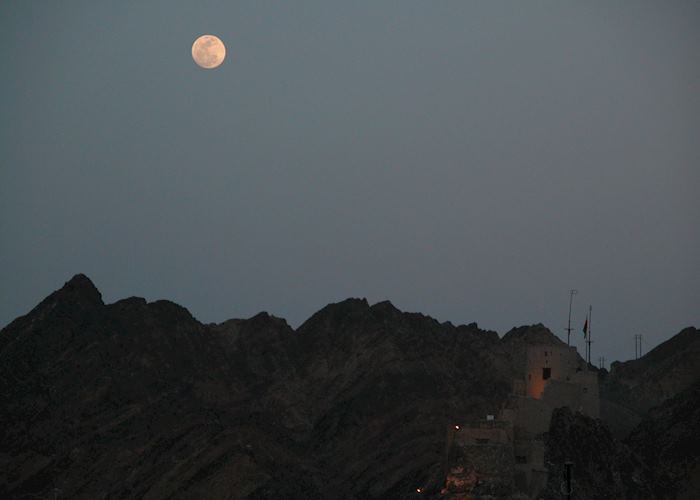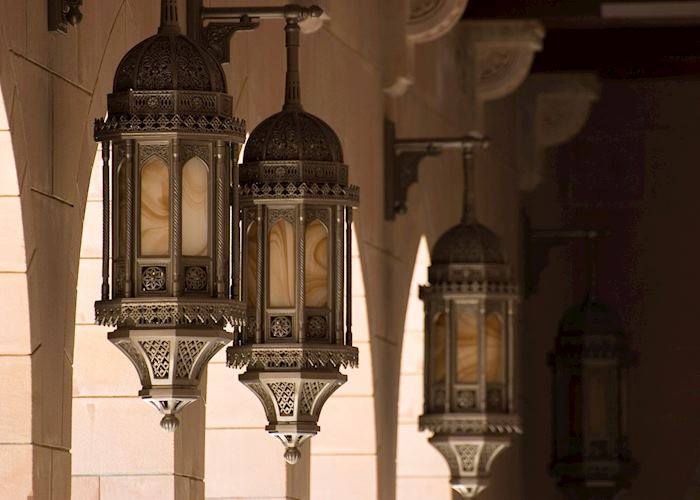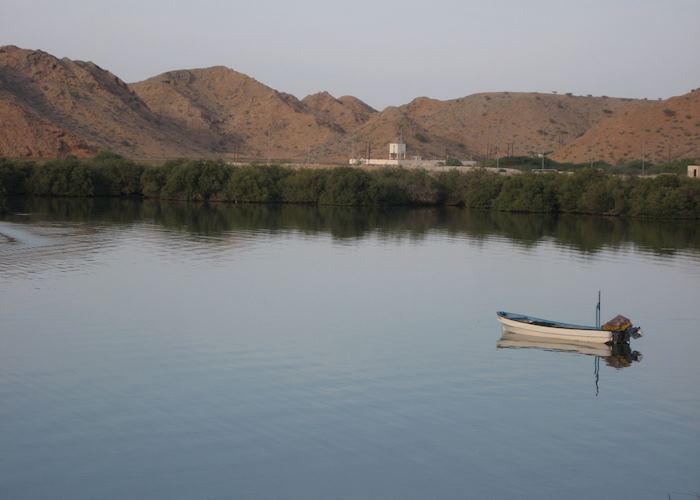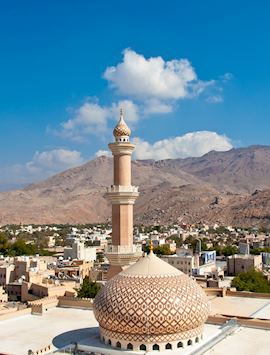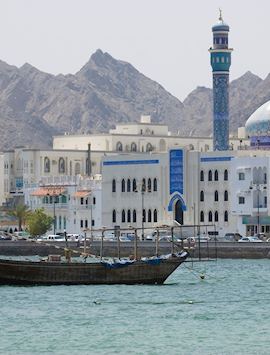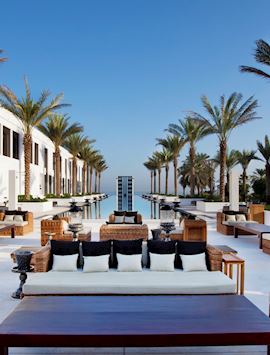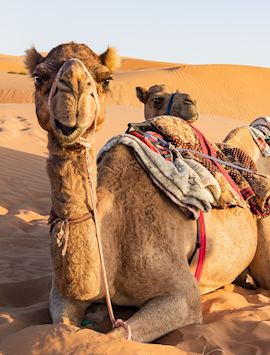
Begin at Sultan Qaboos Mosque, completed in 2001, it is an enormous place of worship. With a large men's prayer hall, an adjacent women's prayer hall and further space in the courtyards and passageways, a total of 20,000 worshipers can gather at one time, making this one of the largest mosques in the world.
Next you continue to Muscat and Muttrah, the older parts of town. In Muttrah you visit the Fish Souq, where the day's catch is offered for sale. Grouper, tuna, sardines and octopus are all regular catches, and the souq is a great place to see Omanis going about their everyday business. Further along Muttrah Corniche, you pass the faded façades of merchants' houses dating to the time of Portuguese influence and control of the region. Delicate balconies and decorations are testament to this influence.
Behind these buildings lies Muttrah souq. This is a traditional souq selling handicrafts, fabric, Omani clothes, spices, jewelry and all sorts of hardware, and is far more aimed at locals than tourists.
Just beyond Muttrah you pass through the fortified walls and into Muscat. Until the middle of the 20th century, Muscat still operated a curfew where the gates of the city were swung closed at sunset and anyone caught out after this was in serious trouble. Muscat lies on a natural cove, guarded by the forts of Jalali and Mirani as well as the enclosing mountains.
Bait Zubair is a great little museum and a wonderful way of being introduced to Omani culture.
who's been there
Start planning your tailor-made trip by contacting one of our Oman specialists
-
617-223-4521617-223-4755
- Make an inquiry
Photos of Muscat City Tour
Experience it for yourself
You can enjoy this activity as part of the suggested tours below, or we can weave it into a trip shaped entirely around you.
